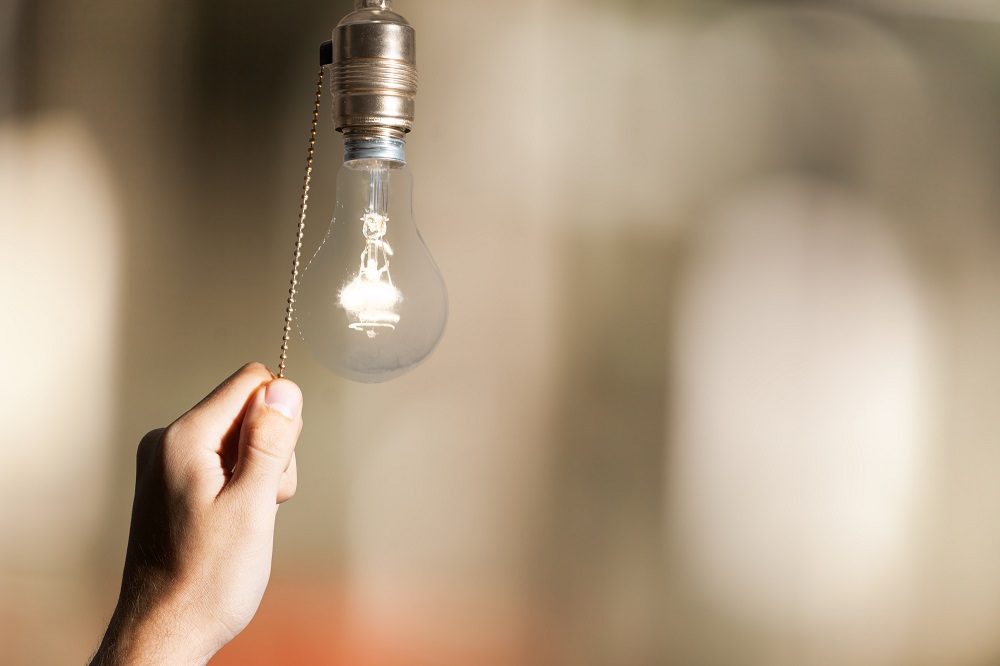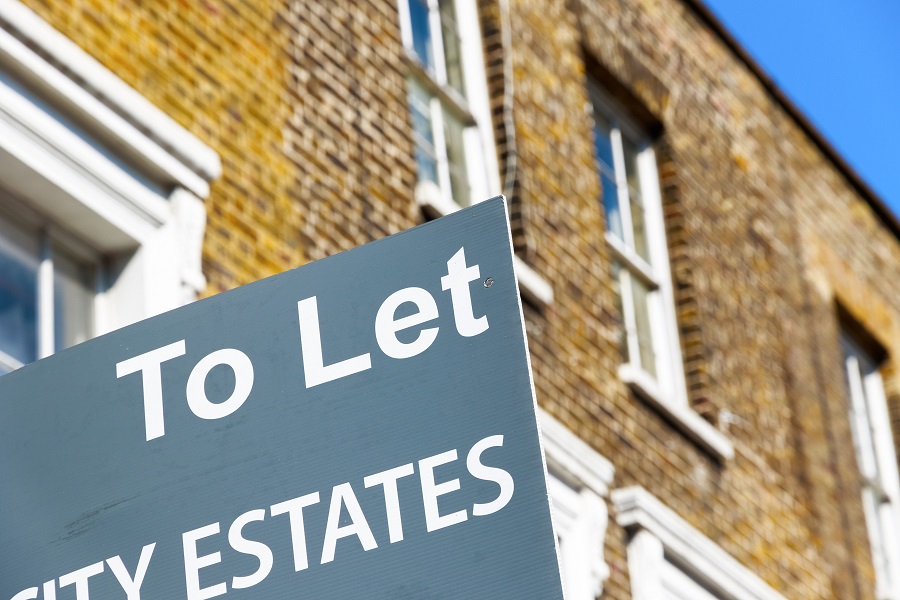Switching between tariffs and energy suppliers helps to keep the energy market competitive and provides households with access to a wider selection of gas and electricity tariffs, which can lead to cost-savings on bills.
Changing to a new energy supplier is quick and easy for smart meter users. There is no disruption to power supply and consumers continue to receive accurate billing throughout the process, as they would with a traditional meter.
There are a few things to be aware of when switching supplier, depending on the type of smart meters in your home.

Switching energy suppliers made easy – the Central Switching Service (CSS)
Before smart meters were rolled out, switching energy suppliers could take up to three weeks and problems were commonplace. It’s not surprising that many consumers felt that the process was long, complicated and inefficient.
With smart meters and the introduction of the Central Switching Service, the process has been improved significantly. Consumers can transfer data, payment details, and account information to their new supplier quickly and securely within five working days. Future improvements will mean that ultimately this switching process will be completed in as little as 24 hours.
What happens when I switch suppliers using second-generation SMETS2 meters?
If you’ve got the most recent smart meters—the second-generation models known as SMETS2 — your switch should happen automatically without disrupting your readings, supply, or payments. Everything should continue to work as before but your meter will be updated with your new supplier and tariff details.
When you apply to switch energy suppliers, your new supplier will do all the necessary work, communicating with your existing supplier to ensure the switch goes through without a problem. With SMETS2 meters, the process should be seamless, with all readings sent automatically and your meter and in-home display updated remotely, continuing to work as they always have.

What happens if I have a first-generation SMETS1 meter?
When the smart meter roll-out began, the ‘first-generation’ SMETS1 meters used various different communication methods to send readings to suppliers. This meant that meters often went 'dumb' after a switch and lost smart functionality. The Government wanted to create a common network through which all smart meters could communicate and the DCC was given the role of creating this new national infrastructure, enabling all energy meters to connect to a single nationwide network.
SMETS1 (first-generation) smart meters need to be upgraded to work on DCC’s new unified system. This software upgrade is managed remotely, and the DCC is working its way through those first-generation meters to bring everyone up to date.
SMETS2 meters have been in operation since 2018, so if your installation happened since then, there’s a strong chance you’ll already be on a SMETS2 meter. Also, even if your installation occurred before 2018, your first-generation SMETS1 meter might already have been upgraded; in that case, it shouldn’t provide any problems when you switch suppliers. As of August 2023, there are over 11 million SMETS1 meters connected to the DCC network.
However, if you have first-generation SMETS1 meters that haven’t been upgraded yet, then there’s a chance they might temporarily stop sending automatic readings when you switch suppliers. There’s nothing to worry about, as it will continue to monitor how much energy you use as usual and won’t affect your energy supply. However, you might have to send your new supplier manual energy readings for a short period until your meter is updated – much as you would have done with traditional energy meters.
If your in-home display or smart meters don’t update as they should, a quick phone call to your new provider should alert them to any issues, ensuring they can update the software, and make any changes to unit rates or standing charges ASAP.
How can you tell if you have a SMETS1 or SMETS2 smart meter?
There are a few ways to tell if you’re on first or second-generation smart meters. The simplest way is to use the smart meter checking tool on the Citizens Advice website. With your MPAN from your electricity bill and MPRN from your gas bill, along with your postcode, you can check the status of your smart meters, find out what type of meters you have, and if they’re working in smart mode. It also lets you know if your meter will continue to work in smart mode if you switch suppliers.
It’s a simple process with full instructions provided at each step:
Click here to check your smart meter operation status in England and Wales
Click here to check your smart meter operation status in Scotland
How does the switch work if you have a smart meter?
The DCC provides the highest level of security for its communications and there are various security keys in place to protect the system. Smart meters need a replacement certificate that identifies the new supplier when switching energy providers.
The process that manages the change of certificates or keys on the DCC network is the Enduring Change of Supplier (ECoS). This new process replaces the previous Transitional Change of Supplier (TCoS) process.

What if you’d like smart meters at your home or business but don’t have them yet?
If you haven’t had a smart meter installed yet, you’re probably already on the list for one. The roll-out is part of a national government programme to replace all old meters with new smart meters, including prepayment versions.
Find out moreCan I get a smart meter if I live in a rental property?
If you rent your home, you should discuss any changes with your landlord, as each meter may form part of your tenancy agreement, depending on how the gas and electricity are bought. Switching from an existing gas or electricity prepay meter to a smart credit meter is straightforward for those who want to explore that option.

In summary
The Central Switching Service makes it faster and easier than ever to switch energy supplier. However, even if you encounter one of the minor problems we’ve discussed, it’s up to your new energy provider to get you up to speed, ensuring everything transfers as it should, and operates in smart mode as soon as possible.
Visit Smart Energy GB to find out more about switching energy supplier with a smart meter.
Further reading



